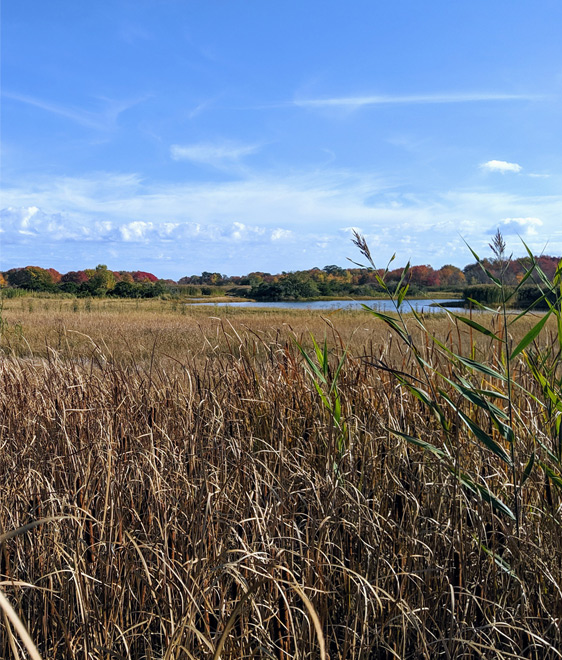 Landscapes are dynamic – they have been manipulated and sculpted by both people and nature throughout human history. Restoration projects that do not account for predictable and/or potentially risky changes in the surrounding landscape are at risk (e.g., demographic changes may create more or less competition for land; increases in demand for resources may expand the amount of and type of agriculture or resource extraction activities next to or near the restoration site, etc.).
Landscapes are dynamic – they have been manipulated and sculpted by both people and nature throughout human history. Restoration projects that do not account for predictable and/or potentially risky changes in the surrounding landscape are at risk (e.g., demographic changes may create more or less competition for land; increases in demand for resources may expand the amount of and type of agriculture or resource extraction activities next to or near the restoration site, etc.).
Without some form of adaptive management framework, any unexpected discoveries (different soils, drainage structures, etc.) cannot be effectively addressed. “Surprises” should always be expected, and someone who understands the restoration project plan thoroughly needs to be on call throughout the construction phase. For instance, if a portion of a recently restored wetland is ignored because the rest of the project is not completed, invasive plant species can begin to take hold. Waiting until the project is finished is too late. If the invasive plant species are treated immediately, it can be a small job but waiting for any period of time will make the job much bigger and, if put off too long, it may become impossible to address successfully.
As temperature and precipitation patterns change, landscapes, including wetlands, will respond. The ability of plants and wildlife to adapt to these changes will be variable, so the extent and composition of wetlands are likely to change as well. The plants and animals, as well as hydrology and soil condition that currently exist on a spot on the landscape may not be suited to that site in the future. Rising sea levels will inundate coastal wetlands and shift habitats upslope and inland, where there are no barriers. Adaptive management plans are needed to guide wetland restoration efforts to respond to changes in temperature and precipitation and achieve appropriate project goals. While we anticipate changes to wetland hydrology, soils and biological communities due to climate change, it is not clear that long term monitoring is in place to record those changes.
